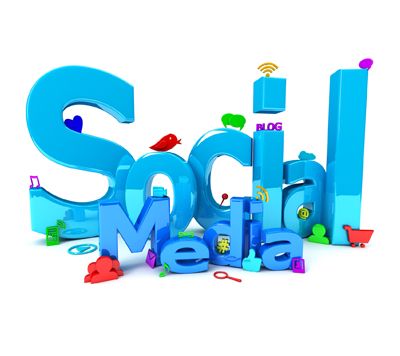
Data shared on social media can be used e.g. to send spam SMS’s or e-mails
During the COVID-19 pandemic, social media became a key tool for many people to keep in touch with loved ones. However, using popular platforms can be risky, and cybercriminals do not have to steal data, because users themselves give them like on a plate a lot of valuable information.
Data publicly shared by users, such as. such as email addresses or phone numbers are also attractive to cybercriminals. Anyone sharing them on social media should be aware that they can be used to send spam text messages or emails. – This type of data is sold on the black market and then used in phishing campaigns. People who make their phone number public have to be especially careful about so called. smishing, i.e. attempts to extort via SMS says Jolanta Malak, Director of Fortinet in Poland.
How to recognize phishing?
What kind of messages should make users especially cautious? Fortinet experts point out several elements. The first of them is an incentive for immediate action. Cybercriminals like to motivate message recipients to immediately click on the sent link or open the attached document, and they use this playing on emotions. Phishing most often appeals to the sense of fear (e.g. In emails about unpaid fines), it is also aimed at evoking engagement (e.g. This is great for people who like to enjoy life, but sports is not their only activity.
Criminals also like to impersonate companies that communicate frequently with customers – couriers, online stores, internet or TV providers. They then send information about additional or overdue bills, promotions, or the need to pay additional fees, e.g. for disinfecting a parcel.
It is also worth paying attention to Incorrect language. Messages sent by hackers are often written ungrammatically, with numerous errors and typos. This is mainly due to the fact that non-Polish speaking cybercriminals use imperfect automatic translations.
If the email raises any doubts, but is written correctly, you should carefully check from which domain the email was sent and hover over the link text in the body of the email (or the graphic where the link is located) to check its real address.
Finally, in case of doubts that cannot be resolved after verifying the above elements, contact the sender of the email e.g. By phone or with a verified email address and thus verify that the message received is from a genuine source.
Let’s protect privacy on the Internet
Staying safe in cyberspace largely depends on users of social media platforms. Everyone should be cautious about publishing information about themselves and their family, making public data such as date of birth, place of work or images of children.
– Imagine a similar situation in the real world. It is as if you were walking down the street with a sign on which sensitive information about you would be written. No one does, and at the thought of it probably makes many people smile in disbelief – says Jolanta Malak. – It is worth realizing that sharing information about your life in cyberspace has very similar consequences.
So when using social networks, it is worth remembering to properly secure your account with a strong password and multi-step verification, and then to choose the appropriate privacy settings. Ultimately, as with any online resource, a lot depends on the users themselves and their common sense.


